
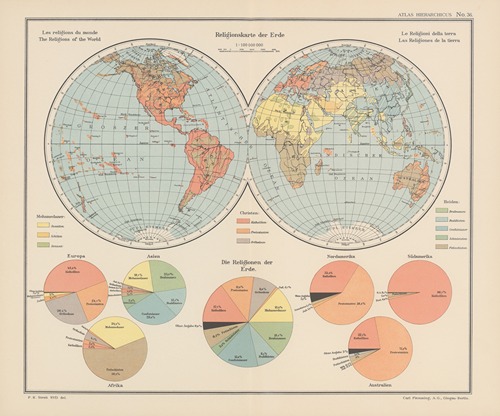
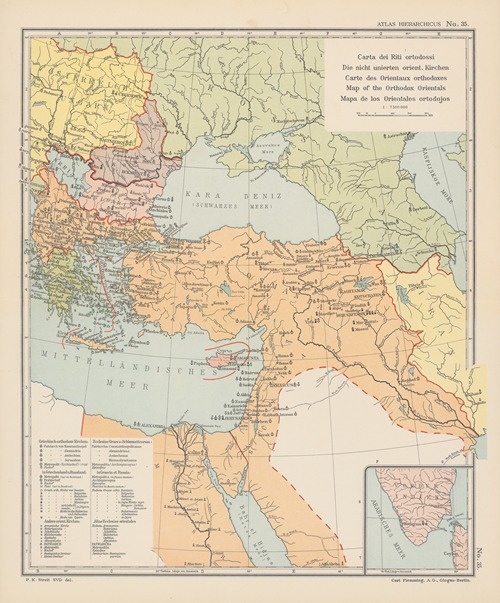
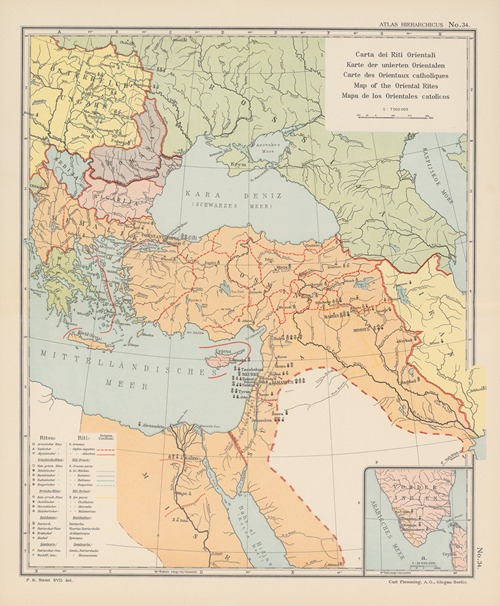
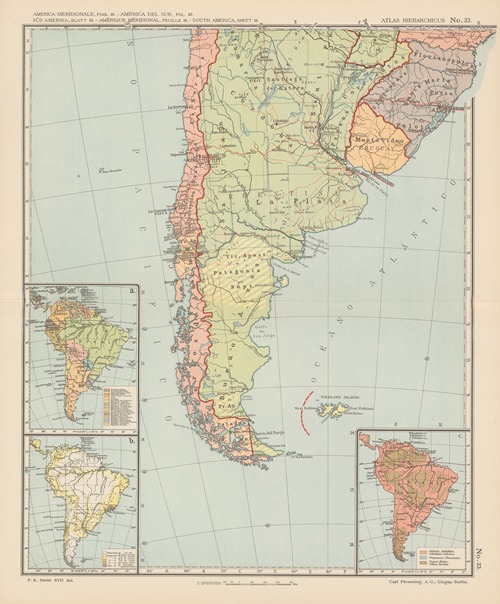

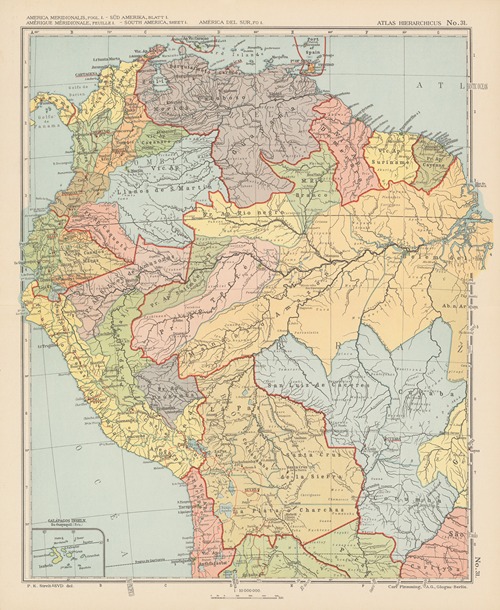
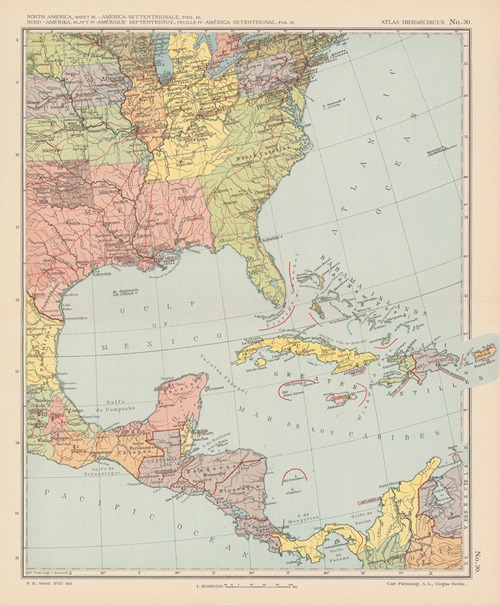
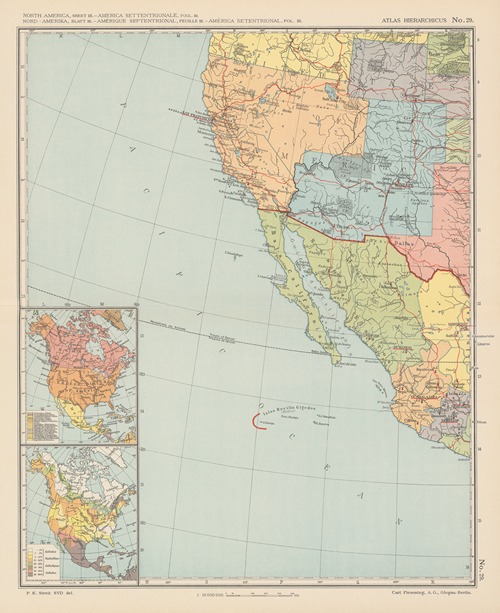
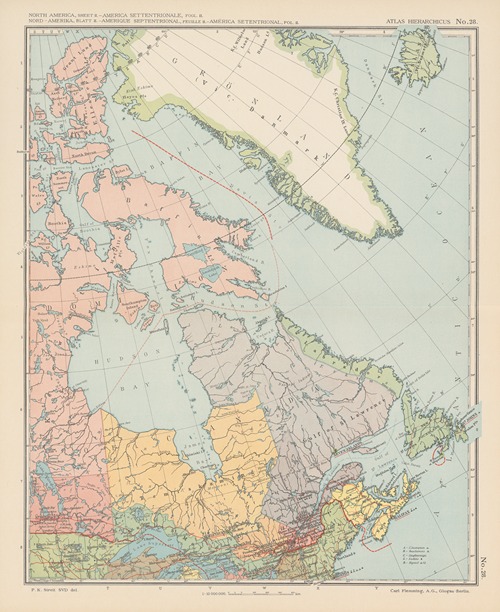

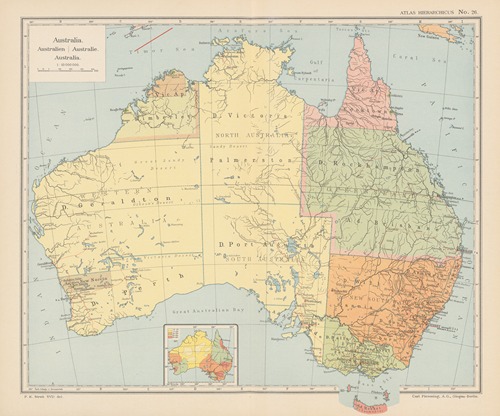
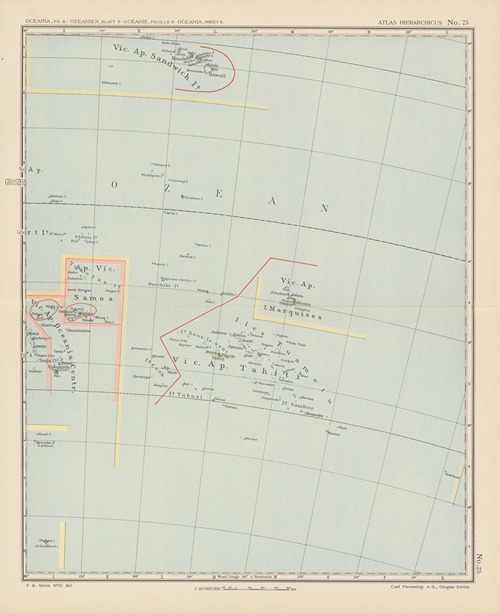
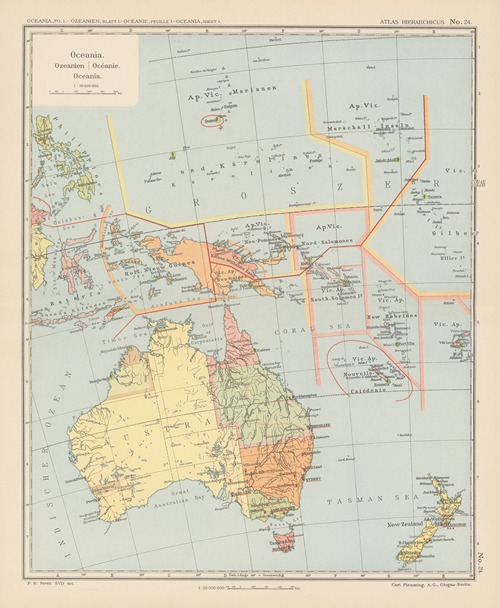
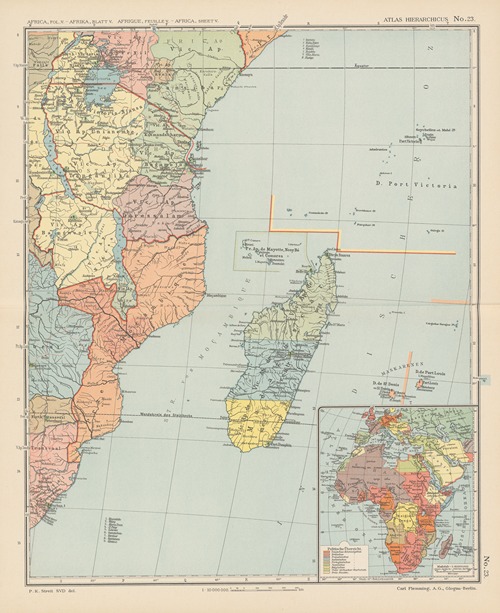
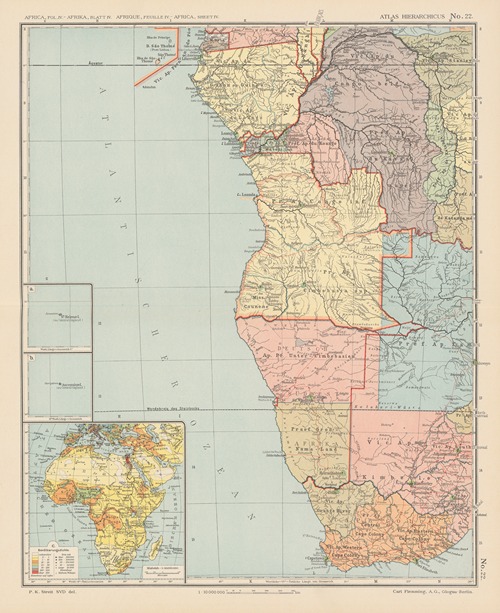
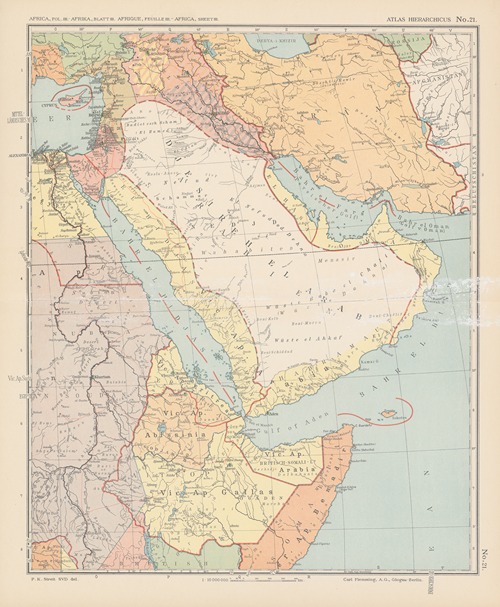

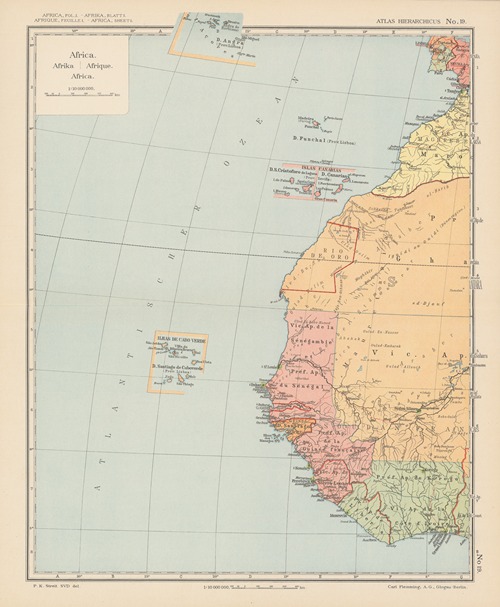
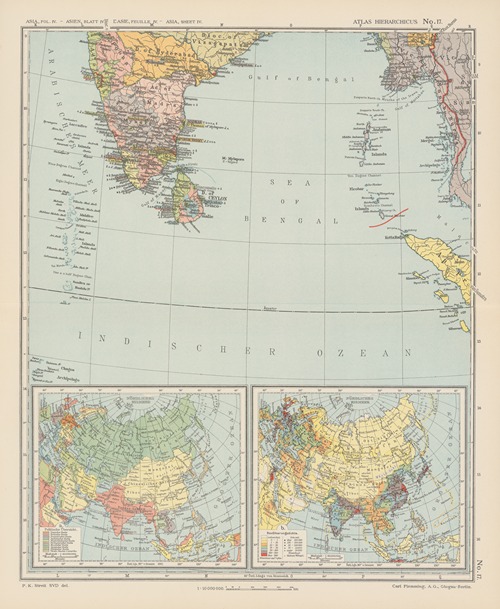
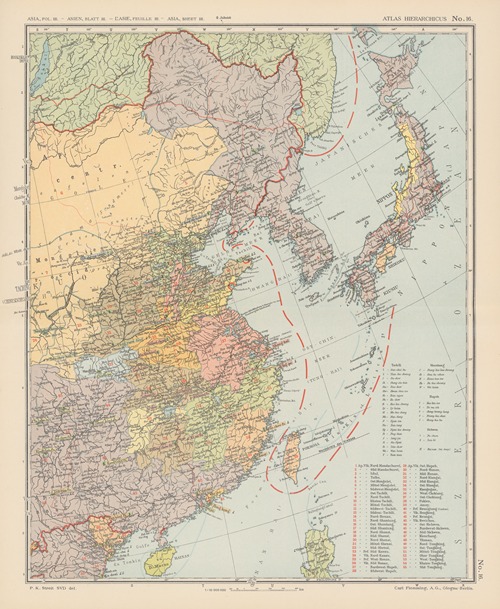
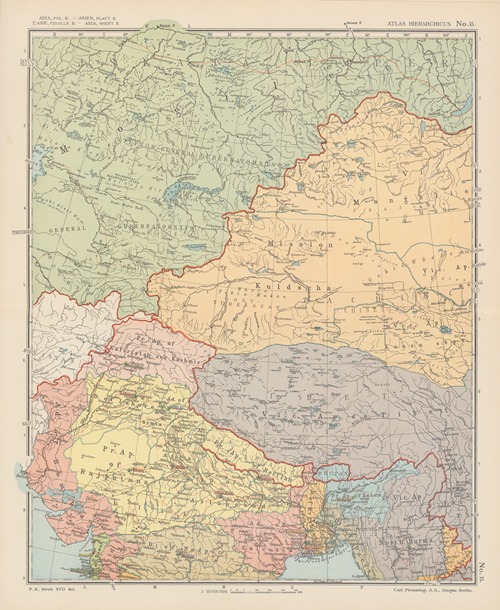
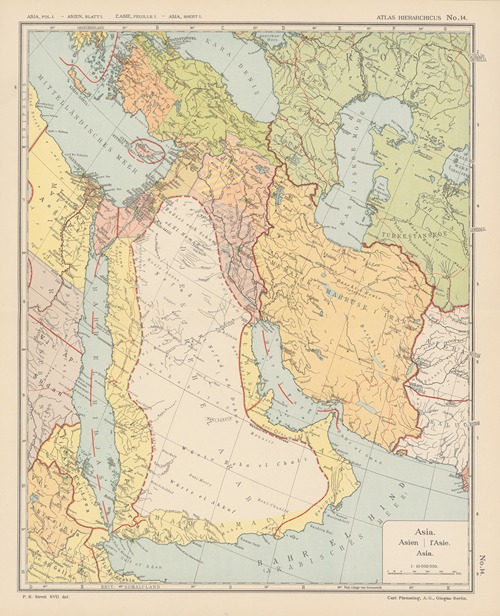
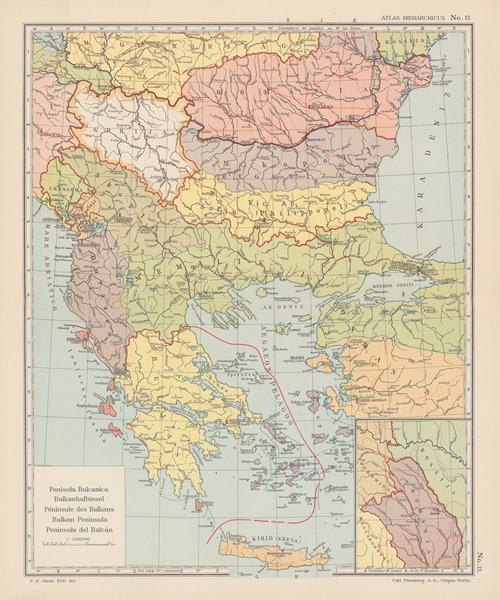
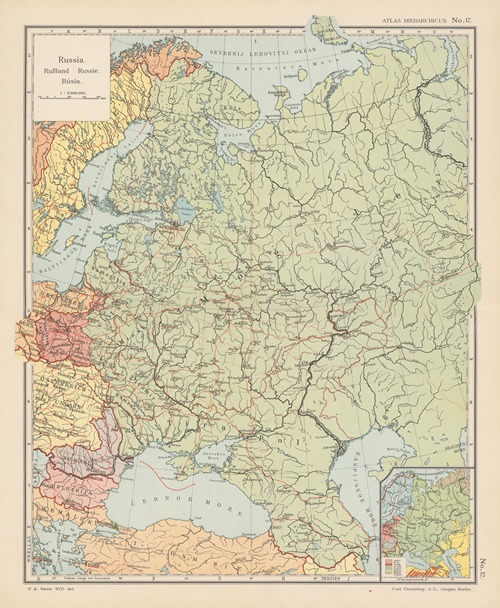
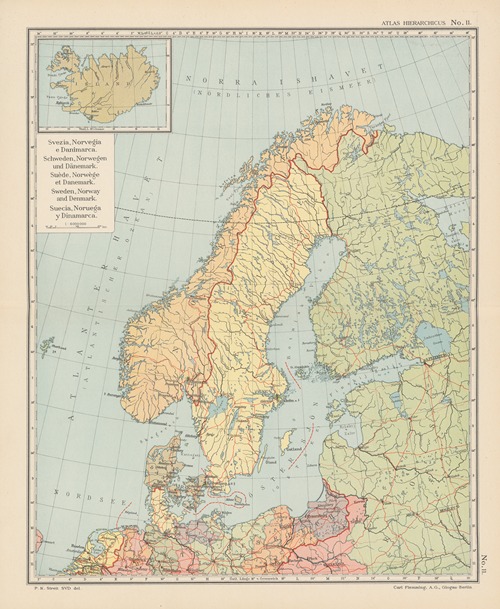
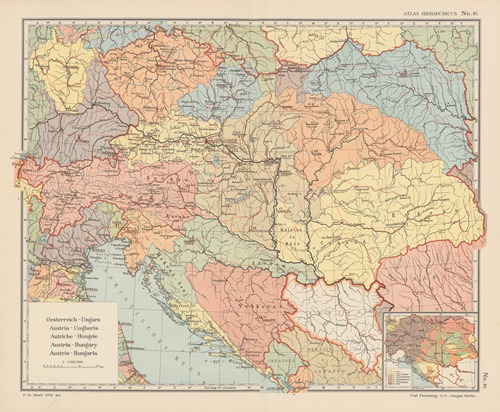
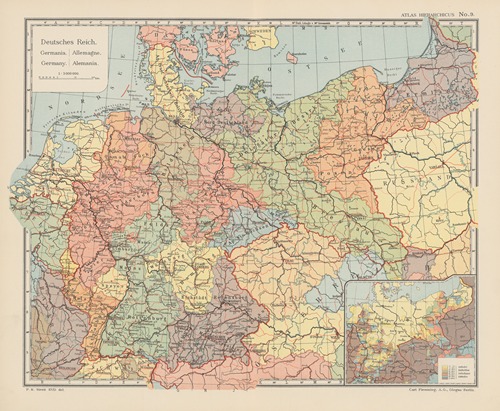
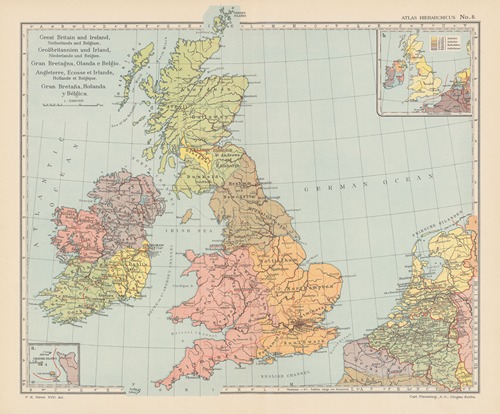
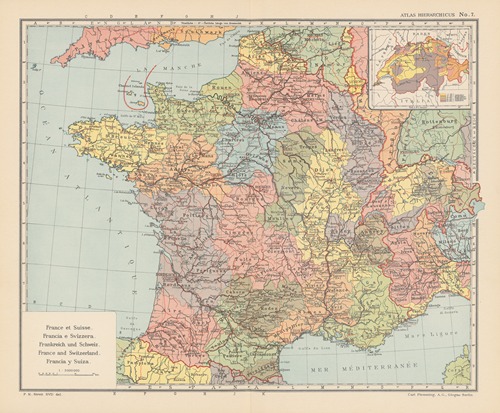
After attending the episcopal seminary for boys in Mariaschein (Bohusudov) and the gymnasium in Reichenberg (Liberec), S. joined the missionary congregation Societas Verbi Divini in St. Gabriel near Maria Enzersdorf in 1893, where he completed his philosophical studies in 1894. In 1894, he began the novitiate and in 1898, after completing his theological studies, he took his perpetual vows.
After his ordination to the priesthood in 1898, he was transferred to Steyl (Netherlands), where he worked as a teacher at the grammar school and was secretary to the general superior from 1899 to 1903. During this time, S. began to produce ecclesiastical and geographical maps. From 1903, he worked as a statistician and cartographer and from 1907, as a librarian, he reorganized the house library. In 1913, he was transferred back to St. Gabriel, where he continued to devote himself to cartography. During World War I he served as a military chaplain until 1917, then he organized the establishment of homes for soldiers on the southwestern front, until he was appointed in 1918 as a consultant for soldier homes in the War Ministry.
In 1920, he left the congregation and in 1921, he first became a catechist in Klagenfurt, in the same year a provisor and in 1922 pastor of the parish of Tratten, before he retired from active pastoral care in 1926. He returned to St. Gabriel's as early as 1925, and in 1930 he founded and took over the management of a cartographic institute there. S. is considered the most important ecclesiastical cartographer of his time. His “Katholischer Missionsatlas”, 1906, which was also published in French, covers all missionary areas.
His “Atlas Hierarchicus”, 1913, 2nd ed. 1929, contains accompanying texts in several languages and provides an overview of the entire hierarchy as well as a representation of the territorial division of the Catholic Church worldwide, including the spread of female orders and congregations, the existing seminaries, ecclesiastical teaching institutions, mission houses and places of pilgrimage. S. presented a useful tool for the study of the history of religion with his map of religions of the earth 1:35,000,000, on which he not only graphically represented the spread of eleven religions and denominations, but also vividly showed the percentage distribution of religions on earth. In 1930, he was appointed papal chamberlain of honor and was also the recipient of the papal Bene Merenti medal.





























